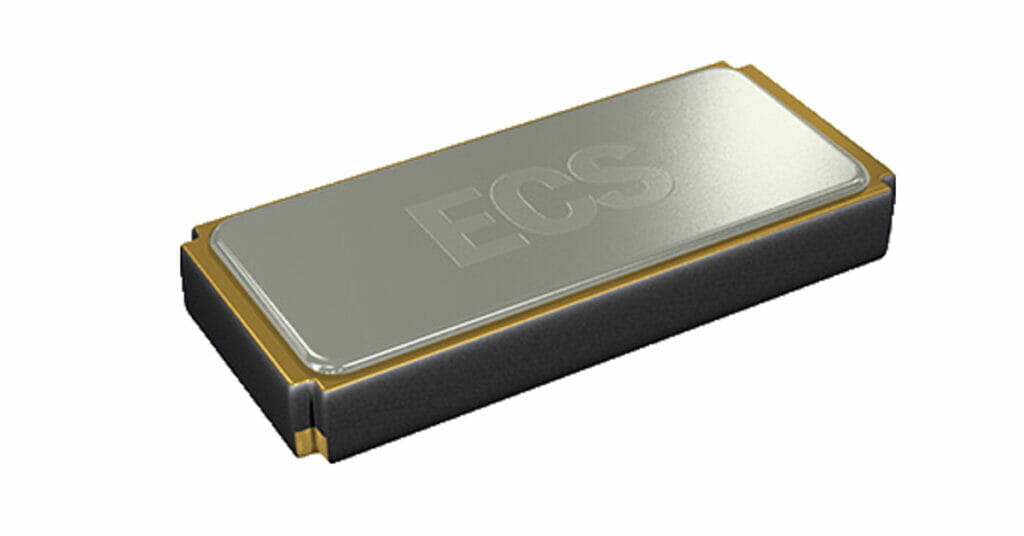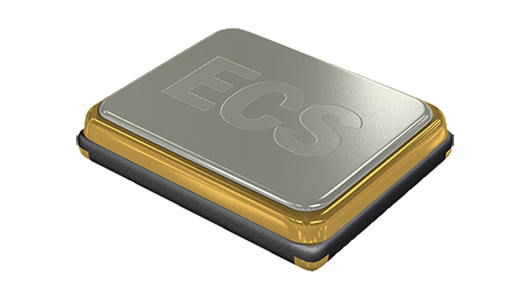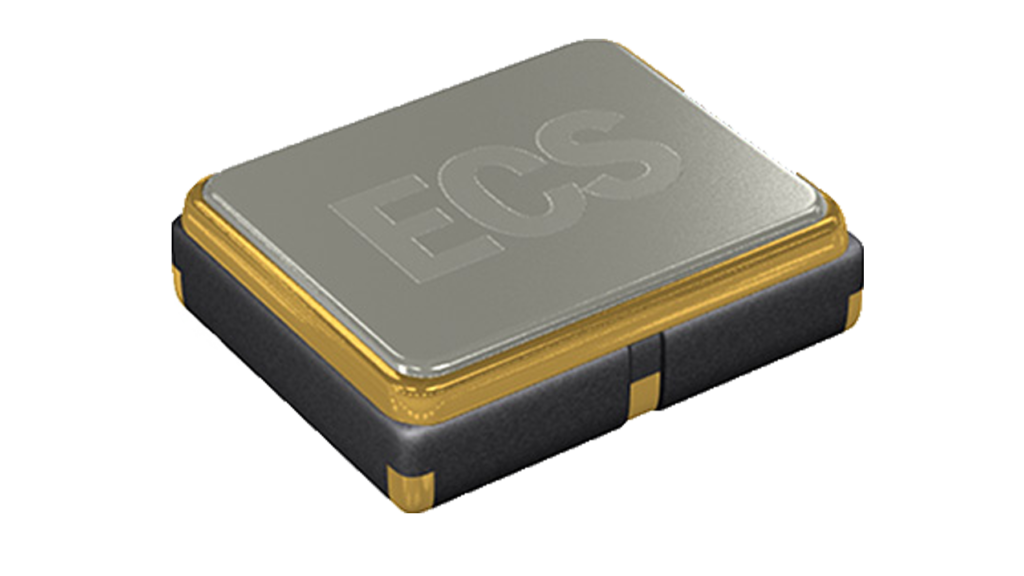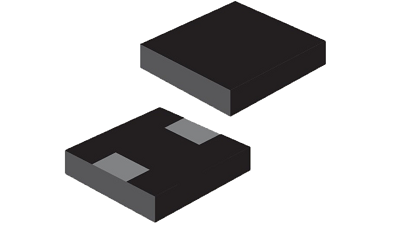

High-Quality Electronic Components for Consumer Electronics: Enhance Your Home Entertainment, Computing Devices, Wearables, and Beyond
The consumer electronic device market is driven by innovation and technological advancements, offering a wide range of devices that enhance communication, entertainment, productivity and health monitoring. As technology advances, the market is expected to expand, providing consumers with an increasing array of cutting-edge gadgets to meet their evolving needs. Listed below are a variety of consumer electronic devices where frequency control electronic components are found:
- Computers: Desktops, Laptops, Tablets
- Computer Hard Drives + Monitors
- Smartphones
- Bluetooth Headsets
- Radios
- TVs + Gaming Systems
- Audio Systems
- VR Headsets
- E-Readers
- Smart Thermostats + Home Hubs
- Security Systems
- Smart Watches + Fitness Trackers
- Heart Rate Chest Straps
Explore ECS Inc.’s Product Overview
By ensuring precise synchronization and timing, ECS Inc.’s products enable seamless connectivity, optimal signal transmission and efficient power management, elevating user experiences to new heights. With our cutting-edge frequency control technology at the heart of consumer electronics, users can enjoy enhanced performance, extended battery life and uninterrupted connectivity, ushering in a new era of innovation and connectivity in the digital age.
Explore our full range of frequency control solutions tailored for consumer electronics.
32.768 kHz Tuning Fork Crystals
Surface Mount Crystals
Surface Mount Oscillators
Power Inductors




Efficiency and Reliability for Consumer Electronic Devices with ECS Inc. International
The consumer electronics market encompasses a wide array of devices designed for everyday use, including smartphones, tablets, laptops, smart home devices, wearables, gaming consoles and more. This market is characterized by rapid technological advancements and a relentless drive towards enhanced performance, connectivity and user experience. Continuous innovation in technology drives this market to push the bounds of possibility with new features and capabilities. Designs of the future are focused on smaller, sleek design enhancements driving constrained board space requirements and the need for small form factor components. The IoT market has a significant influence in this market space increasing the demand for seamless connectivity and integration across various devices.
The consumer electronics market is a rapidly evolving sector driven by technological innovation and consumer demand. Timing and synchronization components play a crucial role in ensuring that devices operate smoothly and efficiently, while power components are essential for managing energy consumption and maintaining device reliability. As the market continues to grow, the importance of these components in the design and performance of consumer electronics will only increase, driving further advancements and improvements in the devices we use every day.
Consumer Electronic Application Resources
Digital Product Catalogs
Guides
Coming Soon!
Video Resources
Coming Soon!